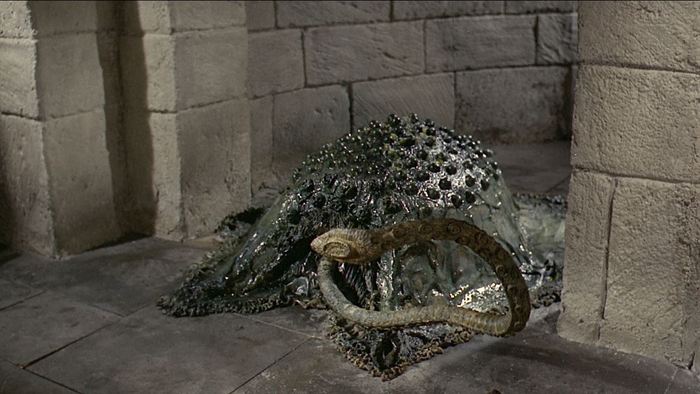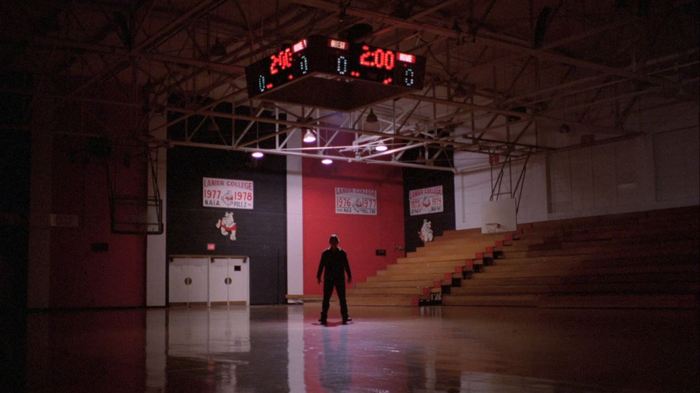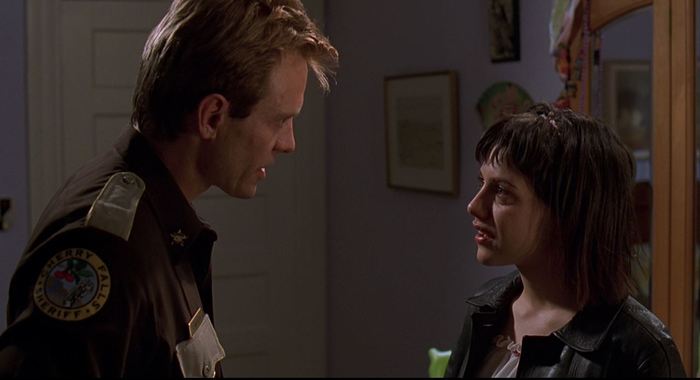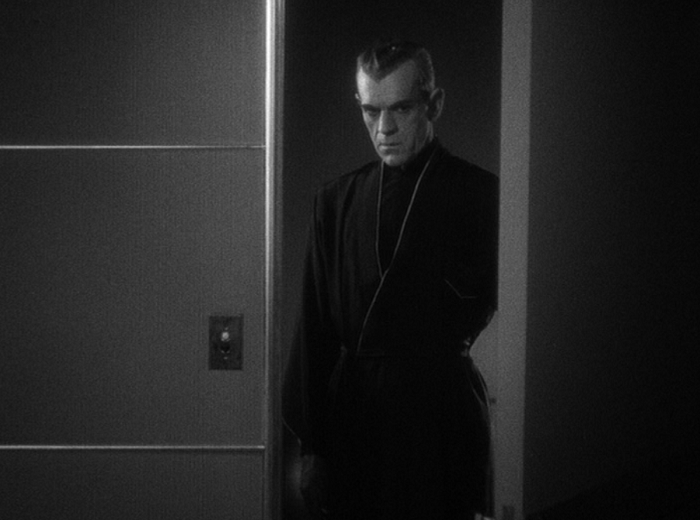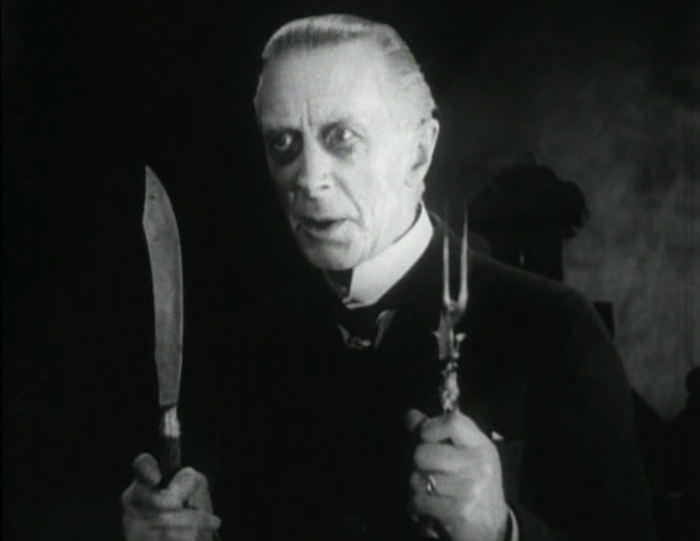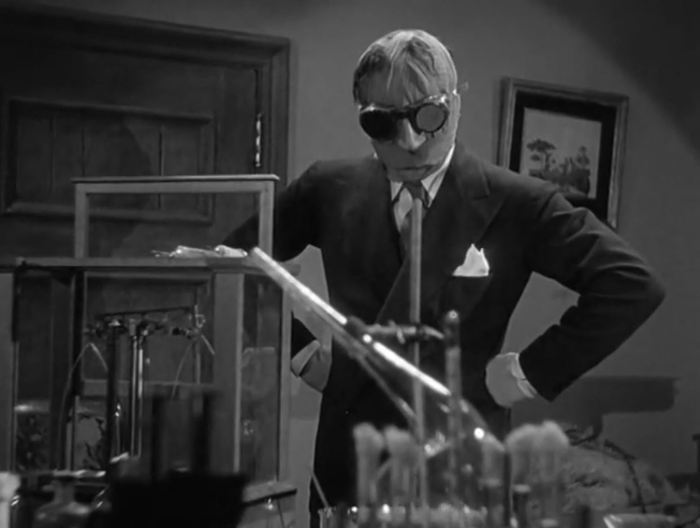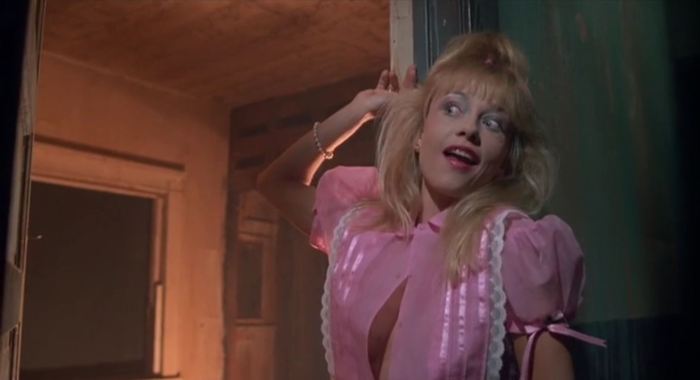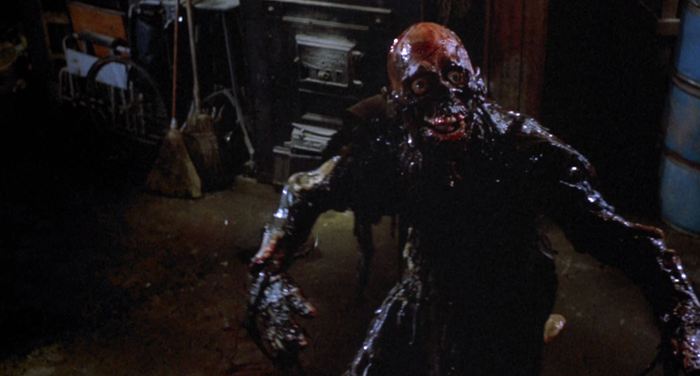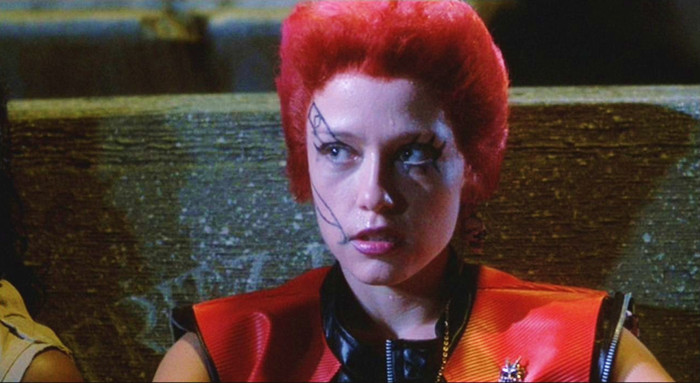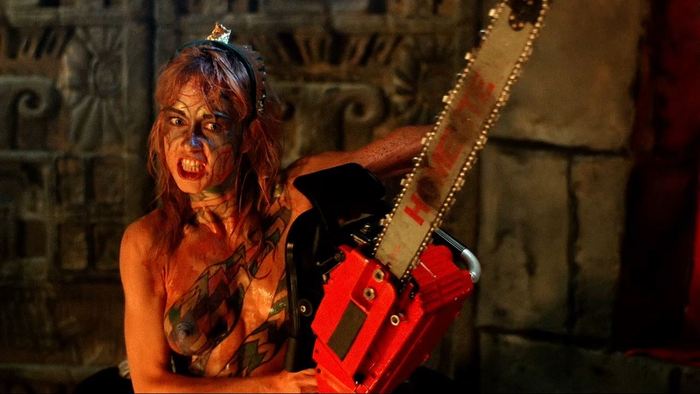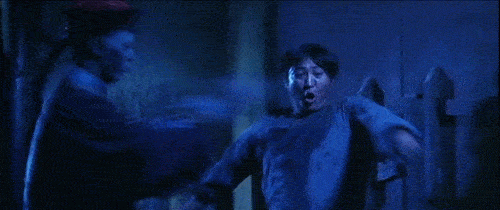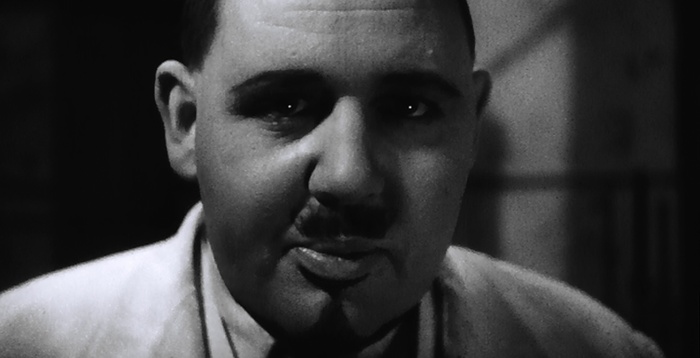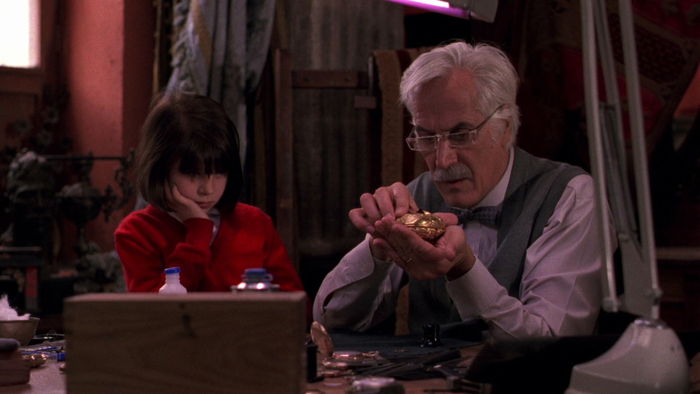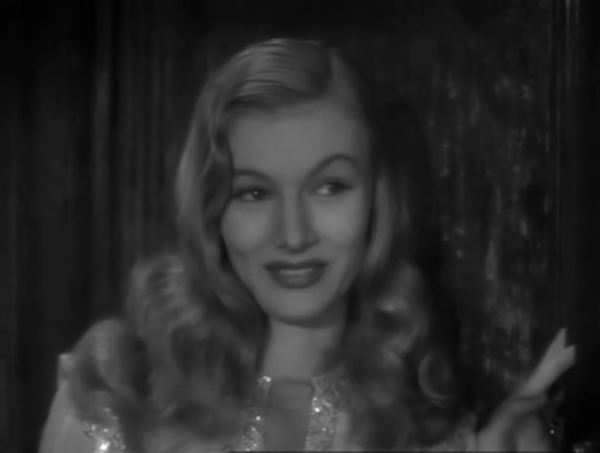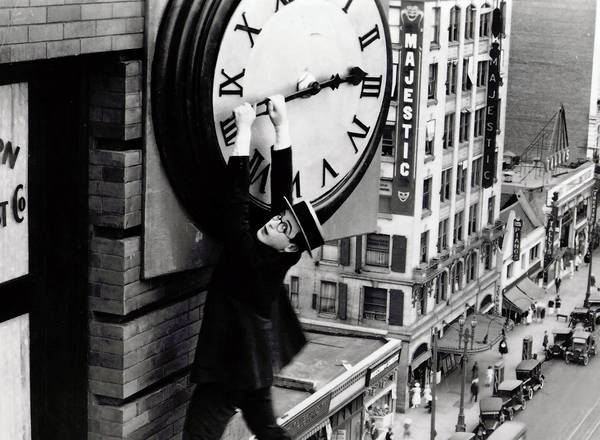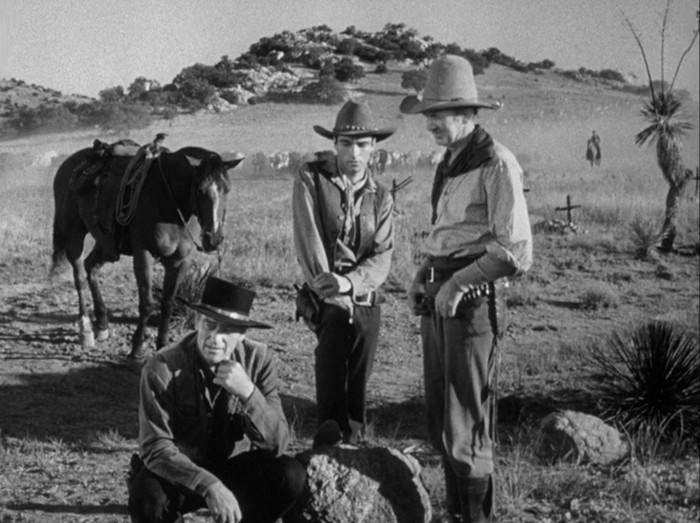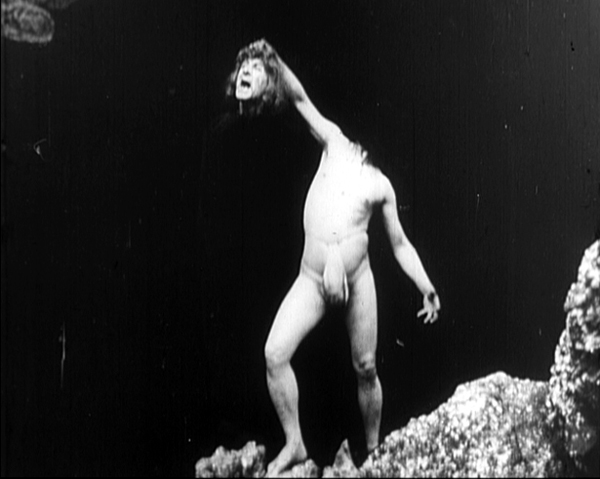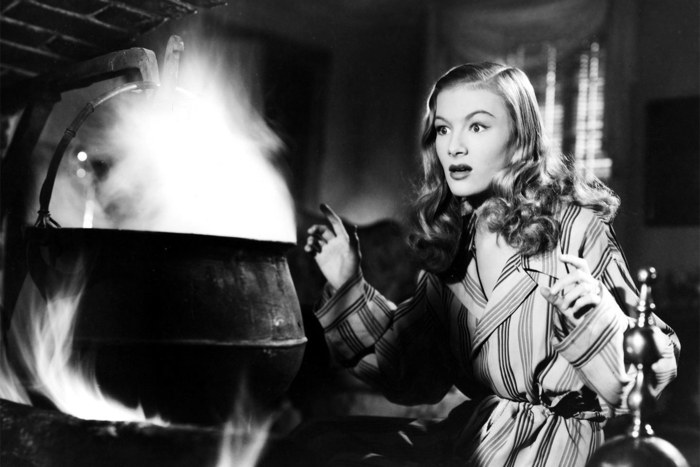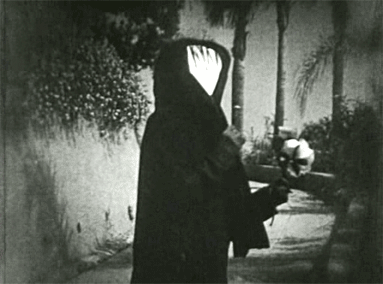6WH: Week 3 – Scream Factory
Taking my cue from week one’s celebration of physical media and The Criterion Collection, this week I’m watching three films from Scream Factory. A sub-label of Shout Factory starting in 2012, Scream Factory focuses on releasing classic and cult horror films on discs. While not having the storied history of Criterion, their releases feature many of the same selling points. Most releases are new transfers/remastered/restored and feature gobs of extra features. Only in this case, many of the films are obscure, low-budget genre releases that wouldn’t normally garner such attention, which has certainly endeared them to certain segments of fandom. Look, sometimes you need to rescue an art-house staple from obscurity, sometimes you need to make sure there’s a pristine 4K transfer BD of Ninja III: The Domination. These people are doing God’s work. Of course, there’s a wide range of stuff that they put out, ranging from the grand majority of John Carpenter’s filmography, to a gorgeous looking special edition of The Babadook, to fancy schmansy steelbook editions that also look great, to schlocky 80s fare like Dark Angel (aka I Come in Peace) or Halloween III. Seriously, the notable examples are too numerous to list out here. For my choices, though, I tended to go with stuff that’s more obscure (after all, I’ve already seen a lot of the high-profile stuff), so let’s dig in:
- HELL NO: The Sensible Horror Film (short)
- The Wicker Man (trailer)
- Day of the Triffids (trailer)
- Island of Terror – A remote island community is overrun with mysterious tentacled creatures which liquify and eat bone and multiply at an exponential rate. I have faint memories of being terrified of this movie as a child. Something about the eerie sounds that accompany the monsters (and perhaps, like, the notion of monsters sucking your bones out of your body) struck a chord with me. As an adult, this is perhaps not quite as horrifying, though the sound design of the attacks (a disgusting slurping sound, as if they’re drinking your bones through a straw) is still pretty effective. The look of the monsters, dubbed Silicates, is also memorable and somewhat unique.
A sorta mix between the blob and triffids, they have one big tentacle that they use for their bone-sucking attack. They’re not exactly fast moving, but they are somewhat sneaky and nigh indestructible. The characters, led by the always great Peter Cushing and the square jawed Edward Judd (rumored to have been in the running for Bond), are likable enough, and director Terrence Fisher does good, unshowy work. Fisher and Cushing are known for their collaborations in Hammer horror films, but this was their sole non-Hammer effort together. The solution to the problem is not exactly animal-friendly, but mildly clever. Naturally, there’s a horror stinger at the end that works pretty well (were this made today, it would probably be seen as a sequel setup, but that’s not what it feels like). This isn’t exactly a classic movie, but it’s just the sort of thing that Scream Factory excels at rescuing. A solid little thriller with a unique monster that deserves an audience. The Scream Factory BD is pretty great, featuring a good transfer, a new commentary from some film historians (a little dry, but informative), and the usual trailers/stills. One feature not mentioned yet is that the BD art is reversible, and Scream Factory has a good art style that fits well with this one (the original poster is a bit too disjointed for me, so I actually flipped the art to the new version on my BD). This is the sort of movie that wouldn’t normally get such a treatment, but it seems worth it. **1/2
- It’s the Gifts That I Hate (Robot Chicken)
- Thursday the 12th (Robot Chicken)
- The Prowler (trailer)
- Final Exam – This one has the most complicated plot I’ve ever seen in a slasher: A few kids are left on campus for exams when a killer shows up. Ok, so maybe I exaggerated a little about the plot. This is seriously one of the most perfunctory slashers I’ve seen, barely even bothering with a lot of the conventions. It’s saved, however, by a series of absolutely bonkers moments throughout the film. First, you’ve got a college professor who claims to have a sniper in the clocktower of the school who will shoot anyone who is cheating. Second, mere minutes later, a bunch of masked terrorists assault the school with fully automatic weapons. It turns out to be a prank by a Frat house that was meant to distract the teachers so their friends could cheat on an exam. I’m not sure if this was particularly tasteful in 1981, let alone the absurdity of watching this in 2018. Third, there’s a hazing scene that is pretty goofy and is capped off by a local security guard finding the hazed student strapped to a tree – rather than helping the student, the guard pours whiskey into his underwear. Alas, the killer is a pretty lackluster nothing of a character. Unlike a lot of slashers, there’s no history here, indeed not even a “escaped mental patient” news report. He wears no mask, is a bit overweight, and has a crappy, deeply unscary haircut. For a good portion of the film, that actually doesn’t matter, because we only catch glimpses of the killer, usually obscured.
After the initial murder of two necking students, there’s almost an hour of bland filler before the real killing starts. Some of this stuff isn’t necessarily a problem, but the “stalking” that goes on here is nowhere near as effective as, say, the stalking sequences in Halloween. Anyway, the fourth weird moment is when the killer has our heroine cornered, but some rando hunter with a bow and arrow shows up and shoots at the killer, who apparently has superhuman reflexes and catches the arrow mid-flight (then uses the arrow to stab the guy – ok, so that was pretty cool, I guess). The fifth and final fascinating thing about this film is the character of Radish, a clear precursor to Randy from Scream, he spouts knowledge of serial killers, makes untimely jokes about Nixon, and sports a bunch of genre movie posters in his dorm room (notably The Toolbox Murders). This isn’t a wholly uncommon trope in slasher films, but something about Radish just works better than normal. Perhaps it’s because despite the fact that he’s a pretty classic slasher nerd character, he also seems to be male hero, and the final girl seems to be pretty into him. Ultimately, these are all just sorta disconnected elements and the rest is mostly forgettable, though slasher fans will get a kick out it for sure. The Scream Factory transfer looks pretty darned good. The disc also has a commentary and a bunch of interviews (which I have yet to actually explore). Again, this is the sort of film that I’d never guess would get such a good BD release, but here we are. **
- Thanksgiving (fake trailer)
- Scream (trailer)
- How Scream Should Have Ended (short)
- Cherry Falls – Coming at the tail-end of the post-Scream slasher revival, this movie suffered from censorship and a lackluster release. It never played in theaters, premiered on basic cable, but ultimately found a bit of an audience on DVD. This is a pretty standard post-Scream production, with teen actors famous from TV, a slick visual feel, and the requisite meta-commentary on slashers. This time around, the killer targets virgins, a neat inversion of the normal slasher line about punishing the wicked (though, to my mind, that sort of thing is overplayed by those with an ax to grind). Once that fact comes out, it does lead to a rather goofy third act featuring a proposed orgy as scared kids figure that if they lose their virginity, they’ll be safe. It’s hard to attribute thoughtfulness to a production like this, but it seems to be making some sort of statement about teen sexuality that was uncommon in the genre (which usually just veers towards titillation and exploitation). Not a deep or particularly well established statement, but it’s a statement nonetheless. The slasher kills are pretty light-handed in the gore department, though that apparently had to do with censorship (the MPAA does not go in for the mixing of sexuality and violence in general, and especially at that time). I won’t spoil anything, but the reveal isn’t much of a surprise, and the film barely even tries to hide the identity of the killer (I mean, there’s usually at least a couple of red herrings; here there’s practically none). That being said, the killer’s look is pretty effective, and the backstory has more depth than you’d think. Brittany Murphy is an interesting choice for the final girl, and plays her as vaguely goth and a bit jittery. Michael Biehn plays her father, the town sheriff. Not much of a stretch, but Biehn is good at it, as usual.
There’s a sequence between them where, once the killer’s preferred target becomes clear, Biehn has an incredibly awkward conversation with Murphy that culminates in the bizarre line of “Are you disappointed I’m not a virgin?” That’s some weird writing, right there. Ultimately, there are some interesting ideas here and it’s worth a watch for the small pocket of neo-slasher fans out there, but I suspect this could have been better executed. As it is, though, it’s enjoyable enough fare. As a recent-ish release, the transfer is already good, but the disc also features a new commentary with the director, and new and vintage interviews with cast and crew. This is exactly the sort of movie that could benefit from the Scream Factory treatment. **1/2
So there you have it. Scream Factory puts out some great stuff, including a nice steelbook edition of last week’s Night of the Demons, a fantastic 3-disc set of Army of Darkness, and a rerelease of the steelbook for Carpenter’s The Thing. Also of note is the upcoming boxed-set for the Critters series (maybe worth a revisit for next year’s 6WH). As mentioned before, they put out too much great stuff to list, so I’ll just stop now. Next week, we tackle another purveyor of physical media that just happens to align with several other themes. Stay tuned.
